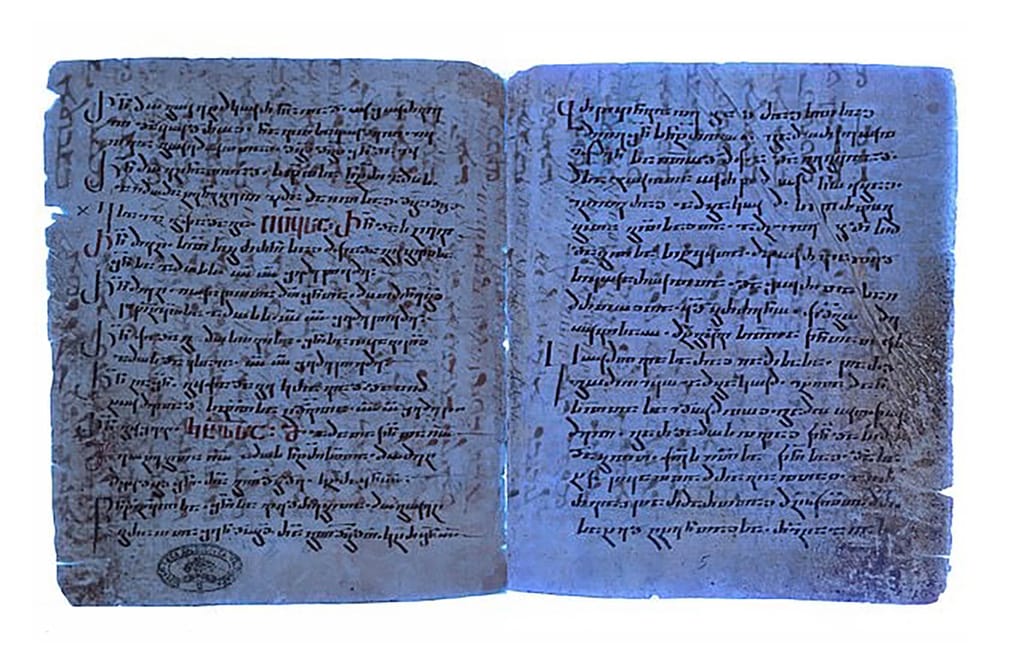
Researchers have uncovered a long-lost “hidden chapter” of the Bible that was written around 1,500 years ago. A recent study found that the lost section represents one of the earliest translations of the Gospels, which was published in the journal, New Testament Studies.
To find the chapter buried beneath three layers of text, researchers, including Grigory Kessel from the Austrian Academy of Sciences, used ultraviolet photography.
“Until recently, only two manuscripts were known to contain the Old Syriac translation of the gospels,” Dr Kessel said.
The discovered text represents an interpretation of Matthew chapter 12
According to the Independent, one of these is kept at the British Library in London and the other was found at Mount Sinai’s St. Catherine’s Monastery.
Researchers claim that the recently discovered text represents an interpretation of Matthew chapter 12, which was first translated roughly 1,500 years ago as part of the Old Syriac translations.
This discovery offers fresh insights into the potential differences across translations of the Bible
As the only known portion of the fourth manuscript that attests to the Old Syriac version, the discoveries, they argued, give a “unique gateway” to the earliest stage in the history of the textual transmission of the Gospels.
The text also offers fresh insights into the potential differences across translations of the same piece.
For instance, while the original Greek of Matthew chapter 12 verse 1 says, “At that time Jesus went through the grainfields on the Sabbath; and his disciples became hungry and began to pick the heads of grain and eat,” the Syriac translation says, “…began to pick the heads of grain, rub them in their hands, and eat them.”
“As far as the dating of the Gospel book is concerned, there can be no doubt that it was produced no later than the sixth century,” scientists wrote in the study.
“Despite a limited number of dated manuscripts from this period, comparison with dated Syriac manuscripts allows us to narrow down a possible time frame to the first half of the sixth century,” they added.
Due to a paucity of paper in the region 1,300 years ago, pages were regularly reused, mostly by erasing the earlier Biblical text.
“This discovery of “hidden chapter” of the Bible proves how productive and important the interplay between modern digital technologies and basic research can be when dealing with medieval manuscripts,” said Claudia Rapp, director of the Institute for Medieval Research at the Austrian Academy of Sciences.
